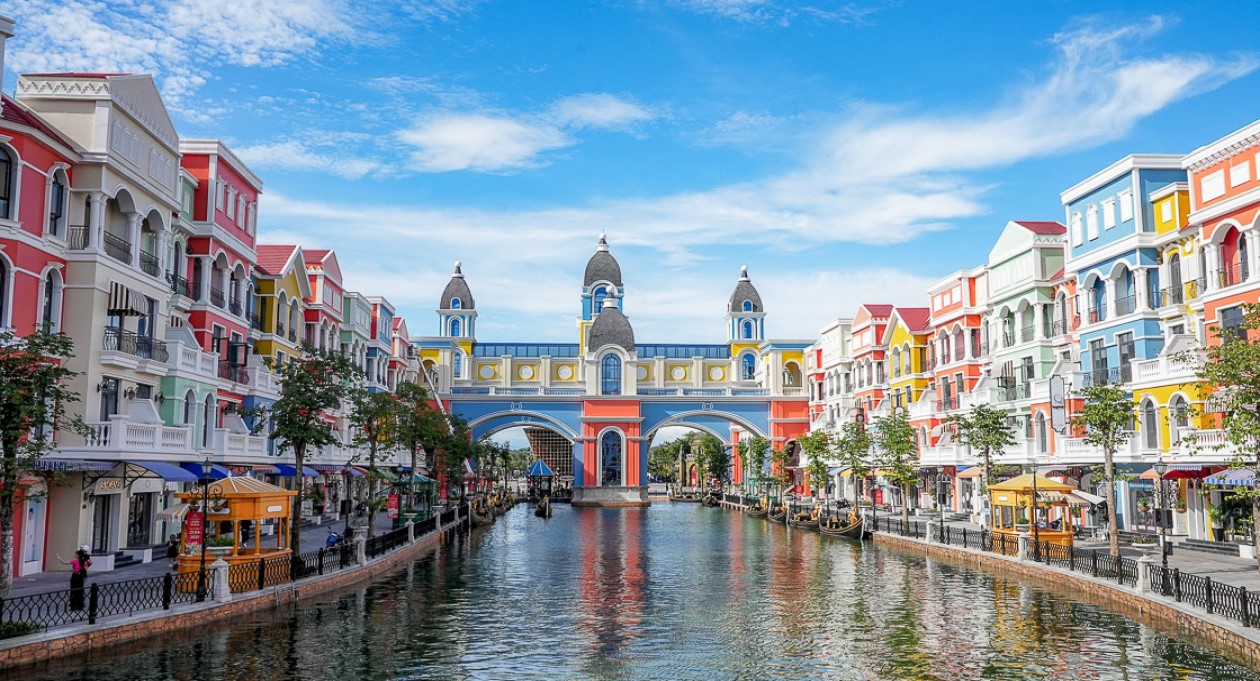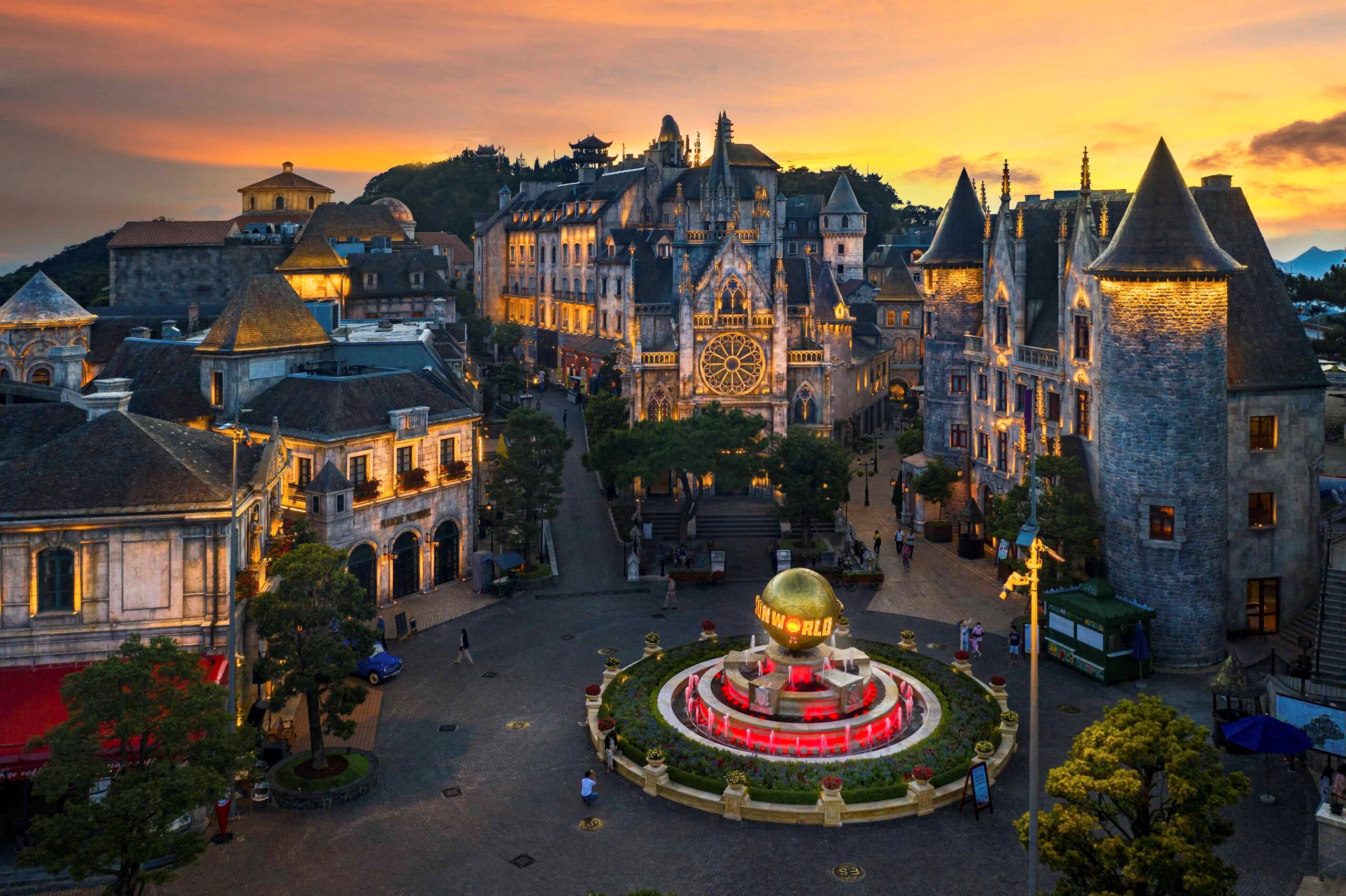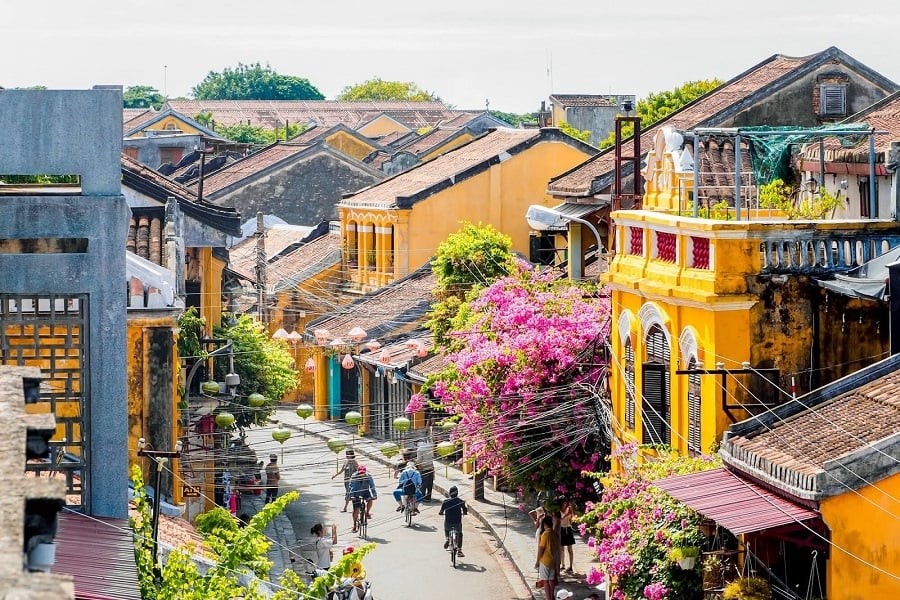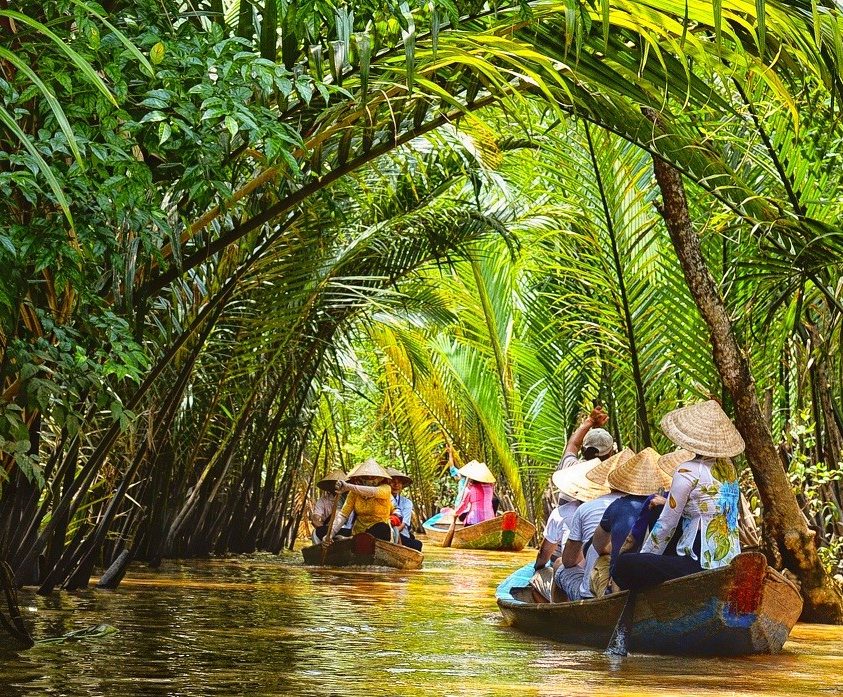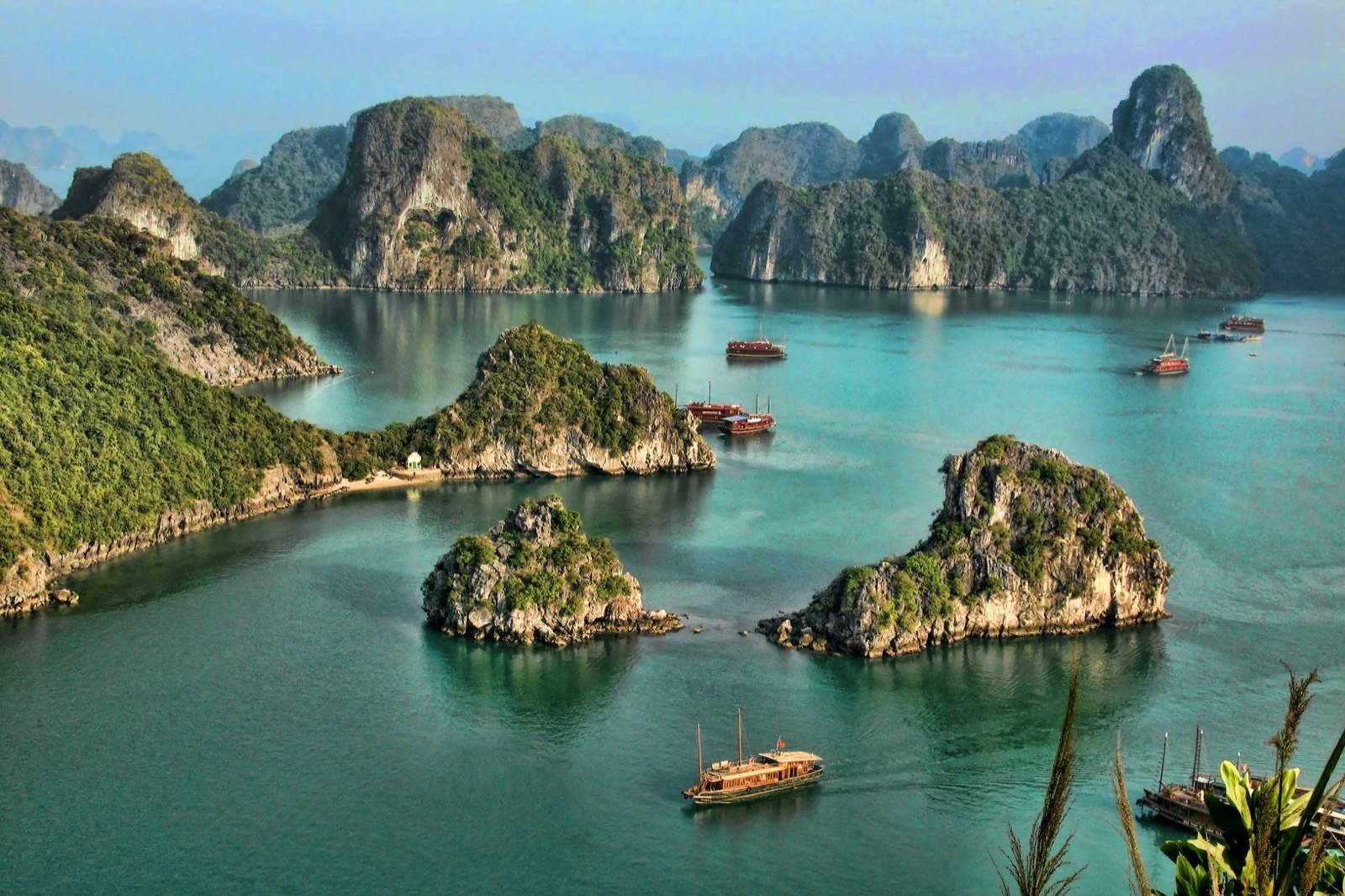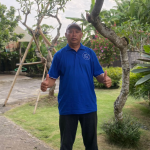Discover Vietnam: Top 10 Temples Every Indian Traveler Must See
When it comes to travel, Vietnam is often associated with its breathtaking landscapes, vibrant street food, and rich history. However, beyond its natural beauty and bustling cities, Vietnam holds a treasure trove of spiritual and cultural experiences that many Indian travelers may find particularly resonant: its ancient temples. These sacred sites are not just places of worship but also living museums, showcasing the country’s diverse cultural and religious history. In this article, we’ll explore the top 10 temples in Vietnam that every Indian traveler should add to their itinerary.
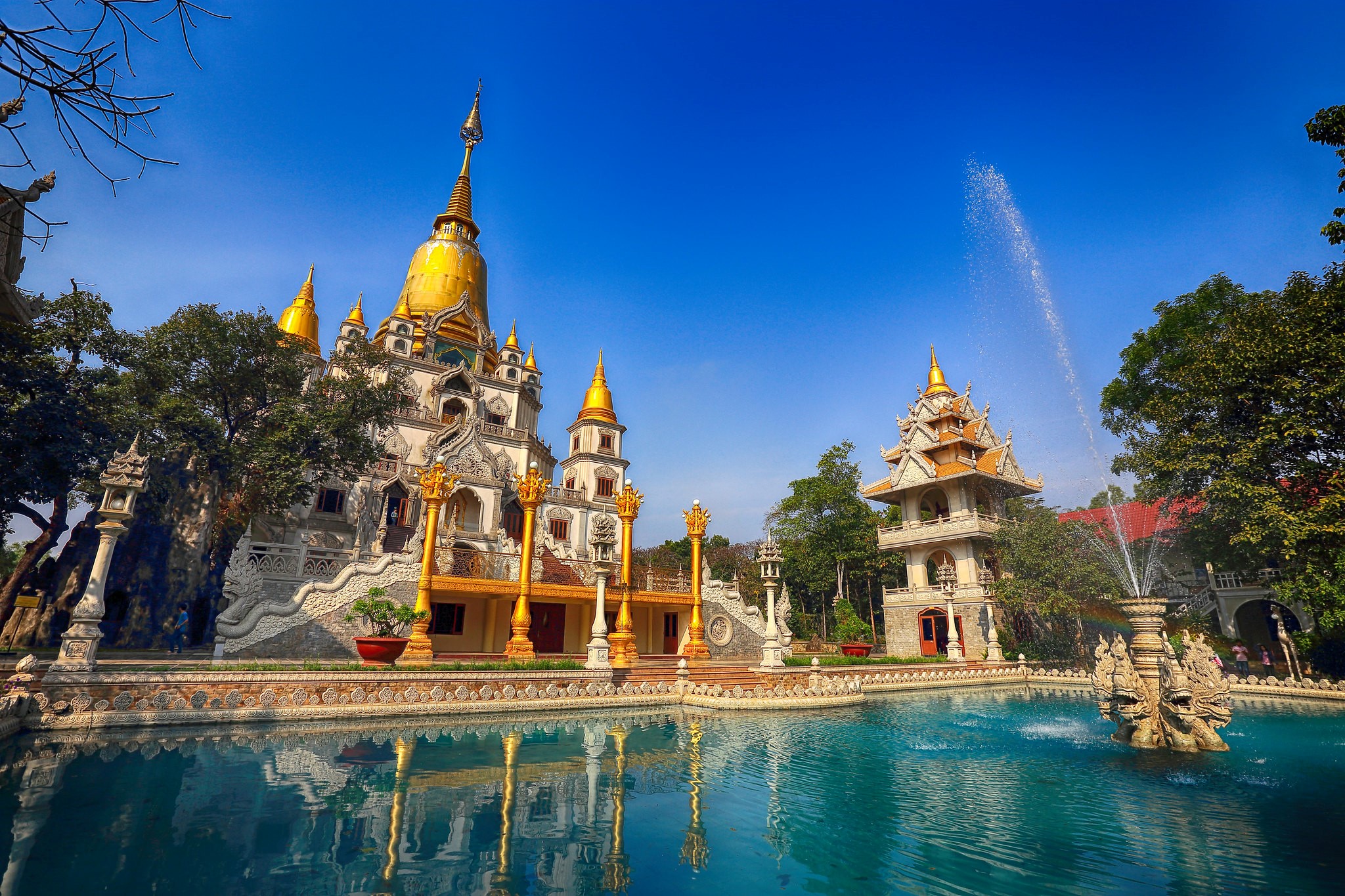
The Rich Spiritual Tapestry of Vietnam
Vietnam is a country where spirituality and daily life intertwine seamlessly. Temples and pagodas are scattered across the nation, each with its unique story, architecture, and spiritual significance. Vietnamese temples reflect a blend of various religious influences, including Buddhism, Taoism, Confucianism, and Hinduism, making them fascinating places to explore, especially for travelers from India who may find familiar elements in these ancient structures.
Why Indian Travelers Should Explore Vietnamese Temples
For Indian travelers, visiting temples in Vietnam offers more than just sightseeing. It’s an opportunity to connect with the spiritual heritage that transcends borders. The architectural styles, the deities worshiped, and the rituals performed in these temples often have parallels in Indian culture, providing a sense of familiarity and spiritual connection. Moreover, exploring these temples allows Indian visitors to delve deeper into Vietnam’s cultural and historical ties with India, particularly through the shared influence of Hinduism and Buddhism.
Top 10 Temples to Visit in Vietnam
1.Po Nagar Cham Towers, Nha Trang Located in the coastal city of Nha Trang, the Po Nagar Cham Towers are a symbol of the ancient Cham civilization that once ruled central Vietnam. These towers, dedicated to the Hindu goddess Bhagavati, reflect the deep Indian influence on Cham architecture. The site offers stunning views of the city and the Cai River, making it a perfect blend of spiritual tranquility and natural beauty.
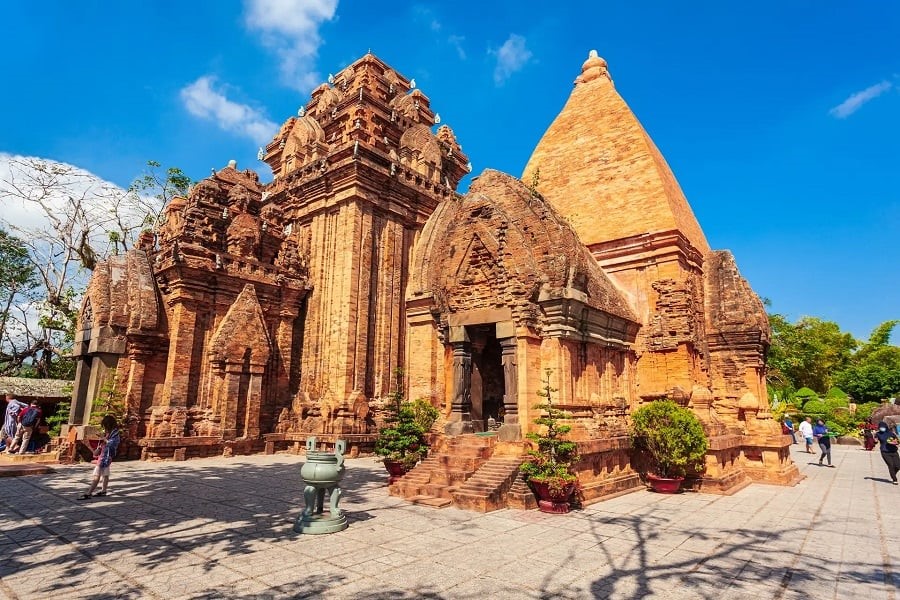
2. My Son Sanctuary, Quang Nam A UNESCO World Heritage site, My Son Sanctuary is a complex of Hindu temples dating back to the 4th century. Once the religious center of the Champa Kingdom, My Son stands as a testament to the ancient Hindu civilization that flourished in Vietnam. The temples, dedicated to Shiva, are surrounded by lush greenery and are a must-visit for history buffs and spiritual seekers alike.
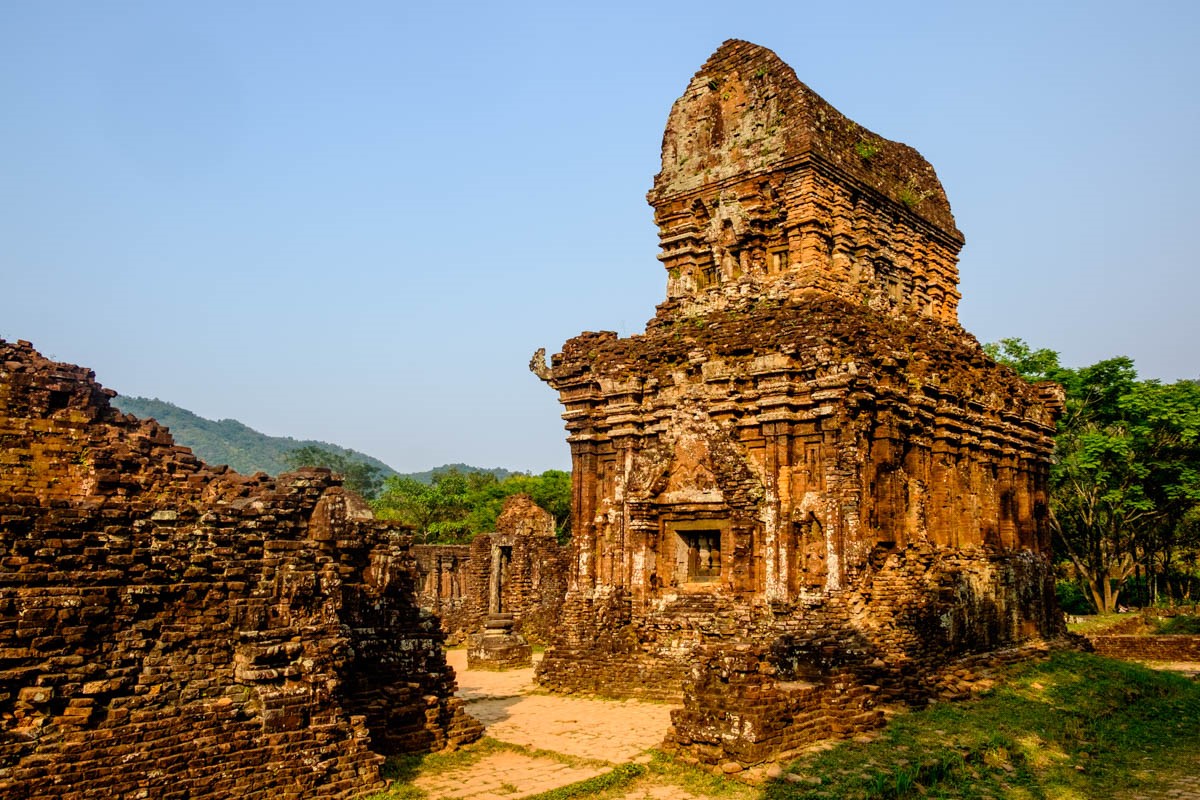
3. Tran Quoc Pagoda, Hanoi As one of the oldest pagodas in Vietnam, Tran Quoc Pagoda in Hanoi is a significant Buddhist site. Situated on a small island in West Lake, this serene pagoda offers a peaceful retreat from the bustling city. The pagoda’s architecture and its many statues of Buddha provide insight into the Buddhist practices that have shaped Vietnam’s culture over centuries.
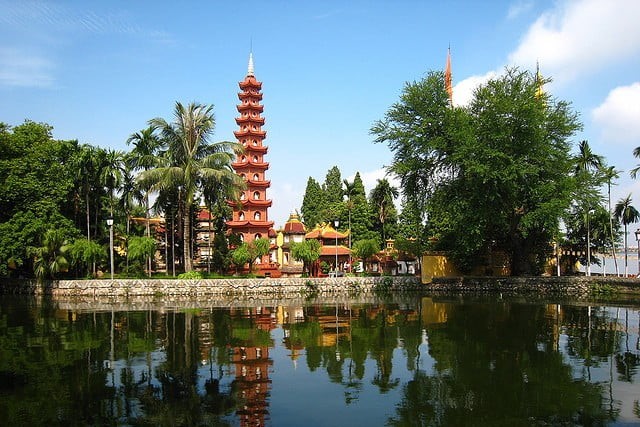
4. Bai Dinh Pagoda, Ninh Binh Known as the largest Buddhist complex in Vietnam, Bai Dinh Pagoda is a sprawling site that attracts both pilgrims and tourists. The complex features numerous temples, a giant Buddha statue, and a stunning view of the surrounding limestone mountains. For Indian travelers, Bai Dinh offers an opportunity to witness the grandeur of Vietnamese Buddhism and its unique architectural styles.
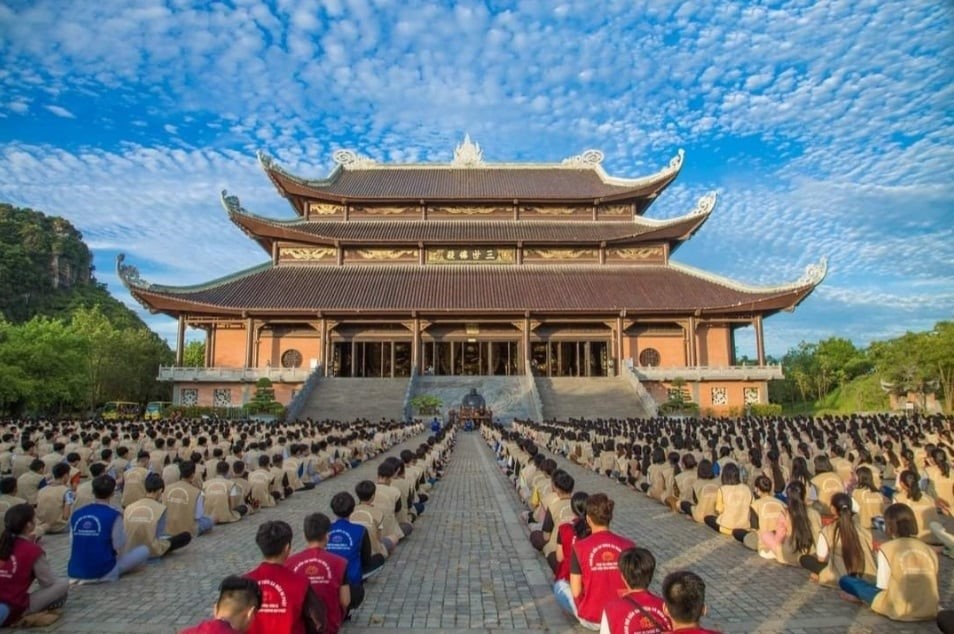
5. Thien Mu Pagoda, Hue Overlooking the Perfume River, Thien Mu Pagoda is a symbol of the ancient imperial city of Hue. This seven-story pagoda is one of the most iconic landmarks in Vietnam. The pagoda’s tranquil setting and historical significance make it a perfect spot for those interested in both spirituality and history.
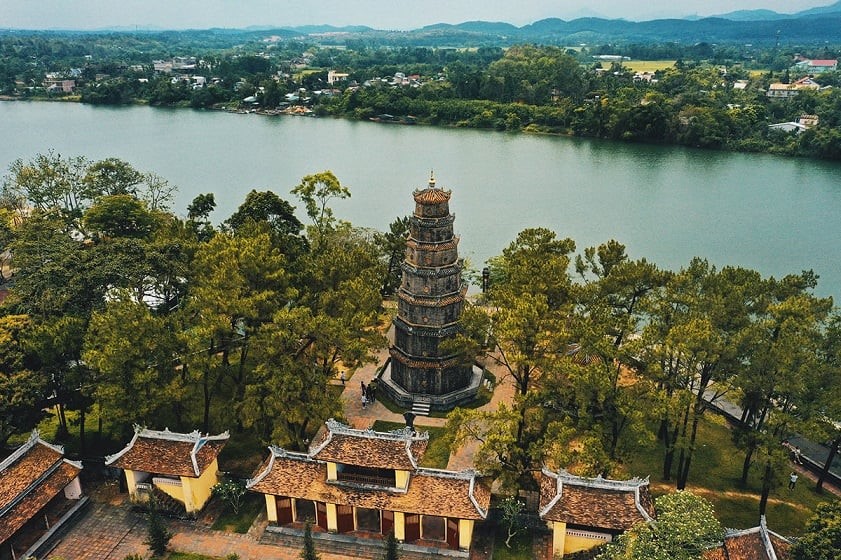
6. Perfume Pagoda, Hanoi Located in the lush mountains southwest of Hanoi, the Perfume Pagoda is a complex of Buddhist temples and shrines. The journey to the pagoda is an adventure in itself, involving a boat ride along the scenic Yen River and a hike through the mountains. The main temple, nestled in a cave, is a place of pilgrimage, especially during the annual Perfume Pagoda Festival.
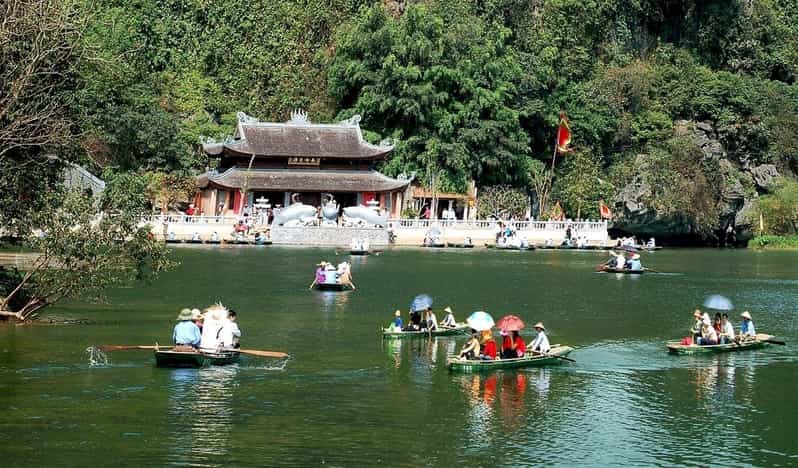
7. Cao Dai Temple, Tay Ninh For those interested in exploring Vietnam’s unique syncretic religions, the Cao Dai Temple in Tay Ninh is a must-visit. Cao Dai is a religion that blends elements of Buddhism, Taoism, Confucianism, and Christianity. The temple’s vibrant colors and eclectic architecture reflect this fusion of beliefs. Visitors can attend a Cao Dai ceremony to experience the religion’s practices and its inclusive approach to spirituality.
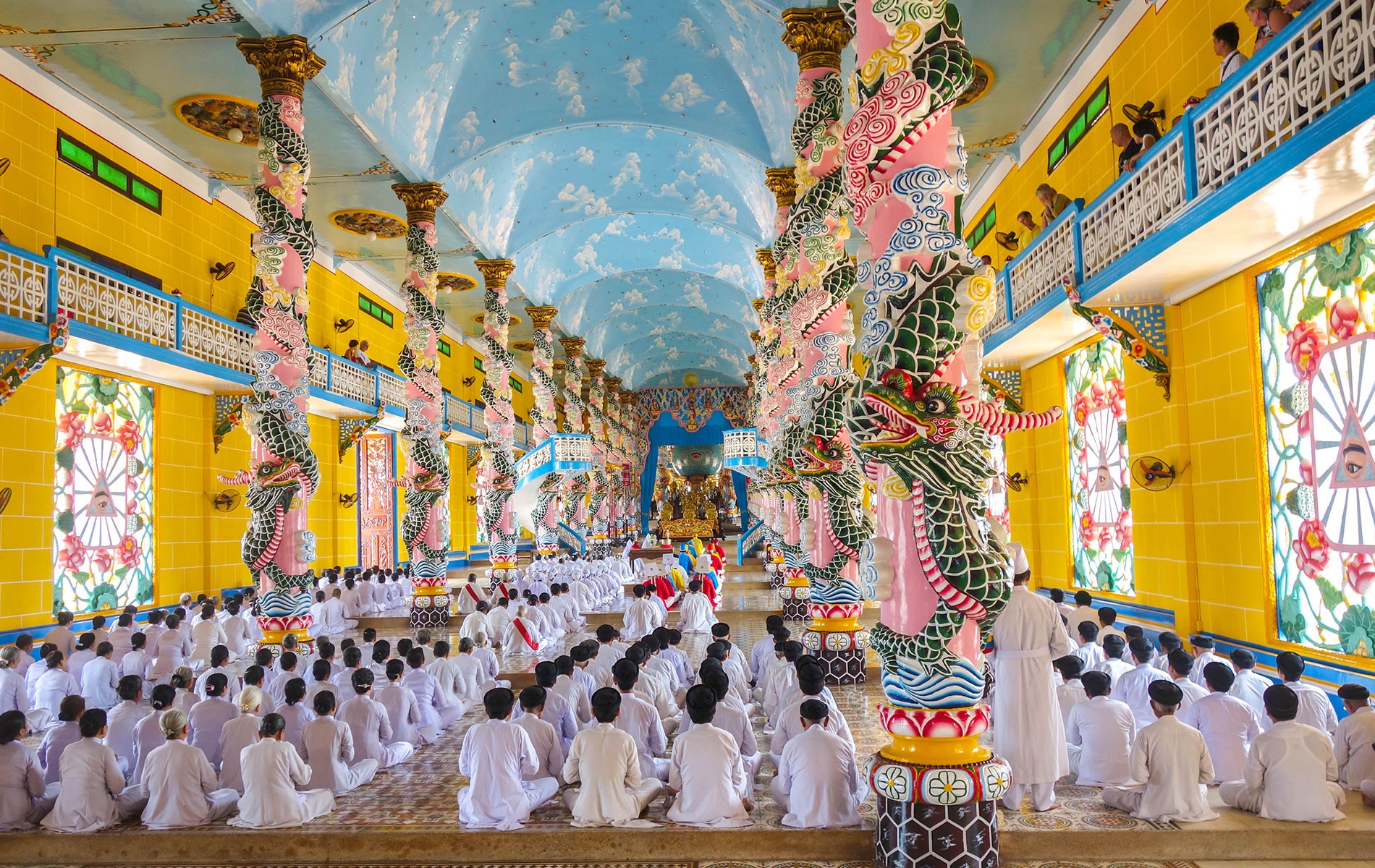
8. Jade Emperor Pagoda, Ho Chi Minh City Nestled in the heart of Ho Chi Minh City, the Jade Emperor Pagoda is a Taoist temple that stands out for its intricate wood carvings and statues of gods and goddesses. The temple is dedicated to the Jade Emperor, the supreme god in Taoist belief. Despite its small size, the pagoda is a popular spiritual site and offers a peaceful escape from the city’s hustle and bustle.
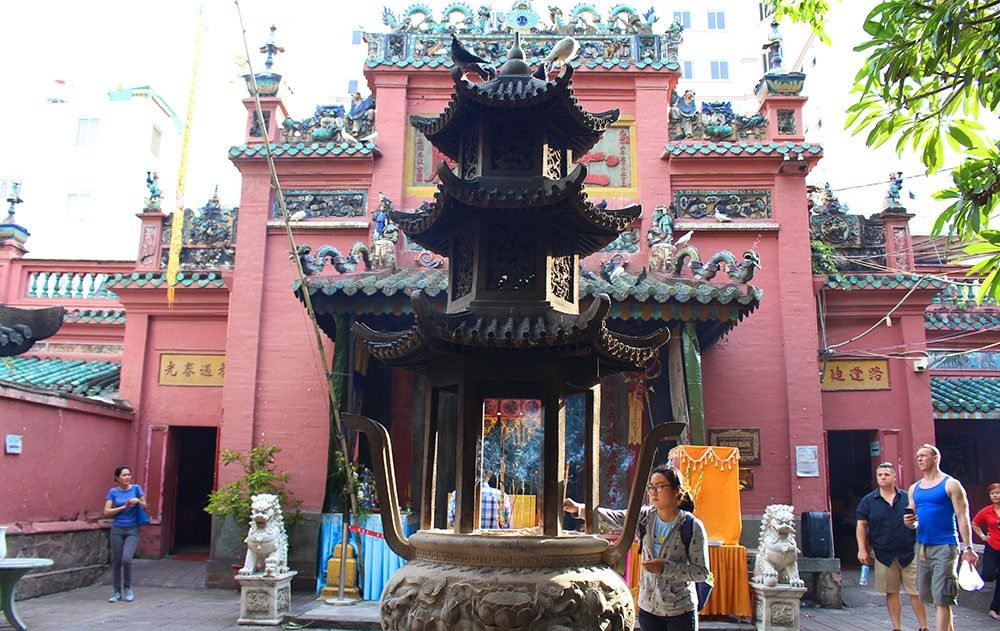
9. Linh Phuoc Pagoda, Da Lat Linh Phuoc Pagoda, also known as the “Ve Chai” Pagoda, is one of the most unique temples in Vietnam, thanks to its elaborate mosaics made from broken glass and pottery. Located in the highland city of Da Lat, the pagoda is a visual feast and a testament to the creativity of Vietnamese temple architecture. The pagoda’s main hall houses a giant statue of the Buddha, and visitors can explore the various chambers adorned with detailed mosaics.
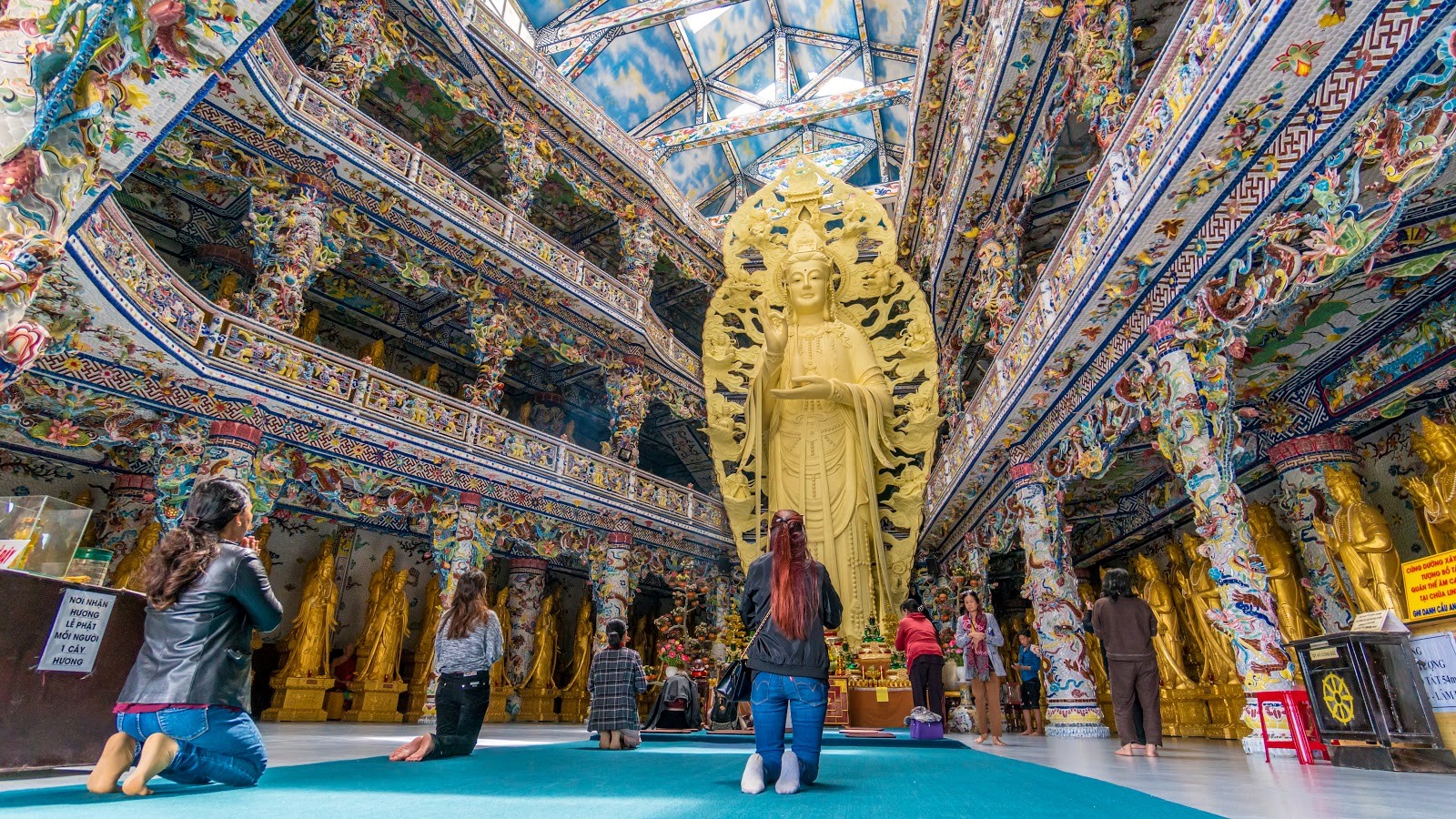
10. Ba Chua Xu Temple, Chau Doc Situated at the foot of Sam Mountain, Ba Chua Xu Temple is one of the most important pilgrimage sites in southern Vietnam. The temple is dedicated to Ba Chua Xu, the Lady of the Realm, who is worshiped for her protective powers. The annual festival held at the temple attracts thousands of pilgrims. The temple’s vibrant atmosphere and its cultural significance make it a fascinating destination for Indian travelers interested in exploring local beliefs and practices.
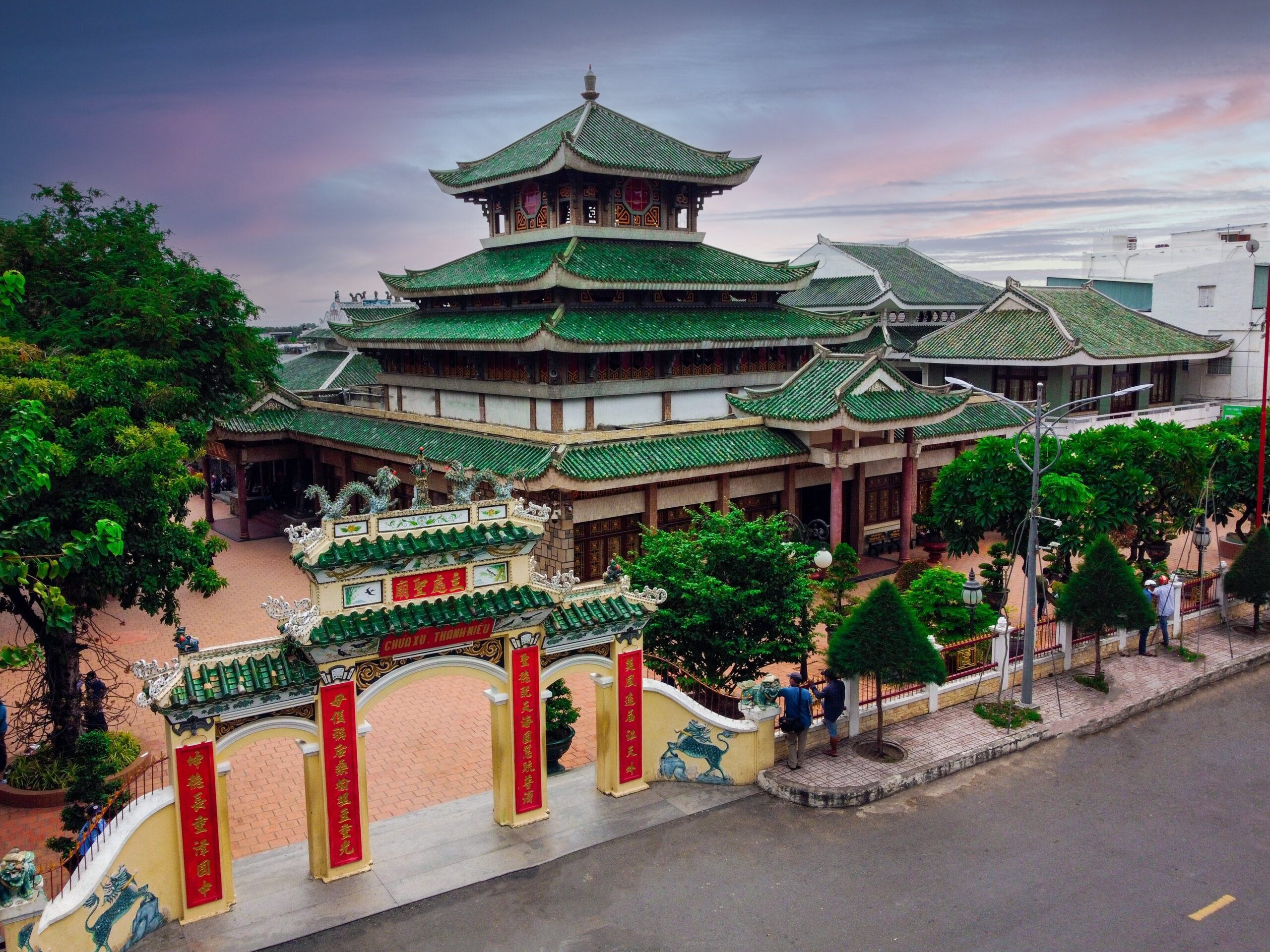
Conclusion
Vietnam’s temples are not just religious sites; they are cultural treasures that offer a glimpse into the country’s rich history and diverse spiritual practices. For Indian travelers, these temples provide a unique opportunity to connect with Vietnam’s spiritual heritage and explore the shared cultural ties between the two nations. Whether you’re a history enthusiast, a spiritual seeker, or simply a curious traveler, Vietnam’s temples promise an enriching and unforgettable experience.
FAQs
- What is the best time to visit temples in Vietnam? The best time to visit temples in Vietnam is during the dry season, from November to April, when the weather is more comfortable for travel and exploration.
- Are there any specific dress codes for visiting temples in Vietnam? Yes, it’s recommended to dress modestly when visiting temples in Vietnam. This typically means covering your shoulders and knees as a sign of respect.
- Can Indian travelers find vegetarian food near these temples? Yes, many temples in Vietnam are located near vegetarian restaurants or offer vegetarian food, especially during religious festivals.
- Is photography allowed inside the temples? Photography is generally allowed in most temples, but it’s always best to ask for permission, especially in areas of worship.
- Do I need a guide to visit these temples? While it’s not necessary to have a guide, having one can enhance your experience by providing deeper insights into the history and significance of each temple.

